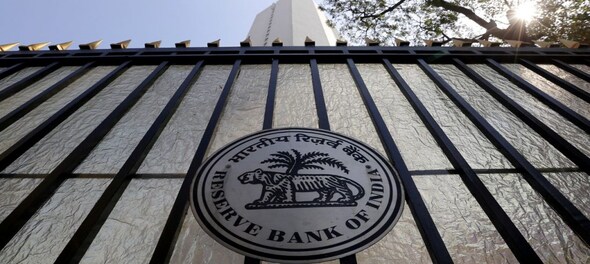
Even as the Indian economy combats strong global headwinds, sound macroeconomic fundamentals as well as healthy financial and non-financial sector balance sheets offer room for cautious optimism, the Reserve Bank of India's 26th issue of the financial stability report stated. The report reflects the Financial Stability and Development Council (FSDC) sub-committee’s collective assessment on the risks to financial stability as well as the financial system's resilience.
Here are highlights of the report:
(Edited by : Shoma Bhattacharjee)
Check out our in-depth Market Coverage, Business News & get real-time Stock Market Updates on CNBC-TV18. Also, Watch our channels CNBC-TV18, CNBC Awaaz and CNBC Bajar Live on-the-go!


West Bengal Lok Sabha elections: Abhishek Banerjee to Mahua Moitra, a look at TMC's candidates
Apr 19, 2024 6:14 PM
Chhattisgarh Lok Sabha elections 2024: Bhupesh Baghel among the list of Congress candidates
Apr 19, 2024 3:45 PM
Chhattisgarh Lok Sabha elections 2024: Full list of BJP candidates
Apr 19, 2024 1:46 PM
Election Commission: Nearly 60% polling till 5 pm in phase one of Lok Sabha polls
Apr 19, 2024 12:56 PM

